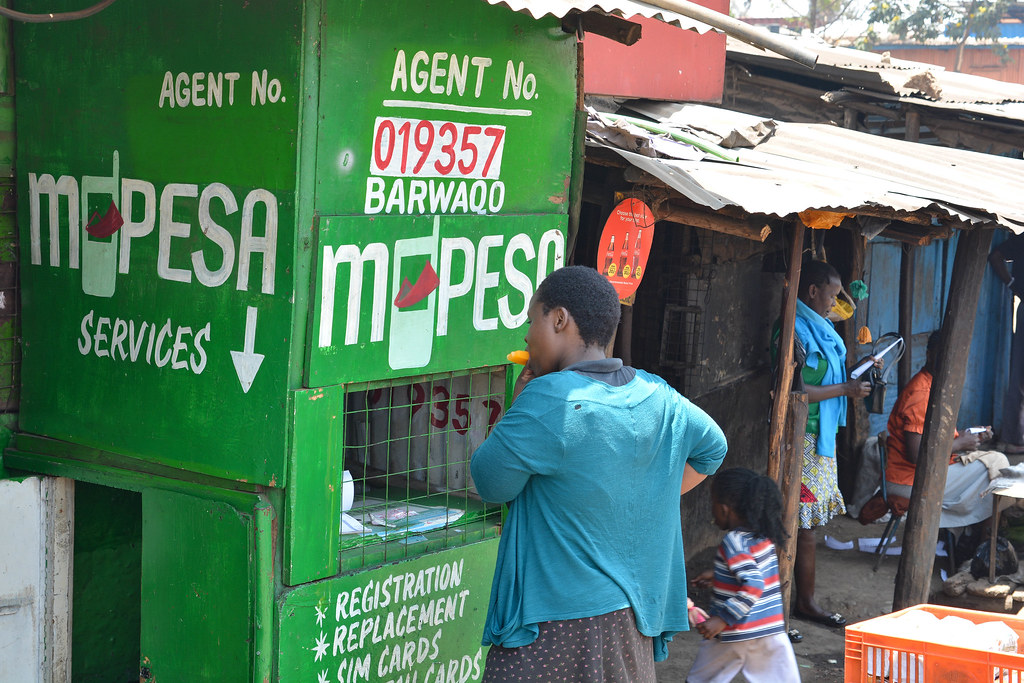Financial security remains out of reach for billions, particularly in developing economies. However, financial inclusion offers a critical path to economic empowerment. It’s not just about basic banking (savings, credit, payments) but also insurance, investments, and other tools for effective financial management.
Historically, financial services were limited to the privileged. The 20th century saw a breakthrough with microfinance, empowering low-income individuals through small loans and financial literacy. Recognizing its transformative power, financial inclusion became a global movement championed by institutions like the World Bank and the UN. Today, FinTech is further revolutionizing access through mobile banking and digital solutions, bringing financial tools directly to people and unlocking their economic potential.
Benefits of Financial Inclusion
Financial inclusion is more than just opening a bank account. It’s about empowering individuals and communities to manage their finances, build savings, access credit, and participate fully in the formal economy. This leads to advantages such as:
- Economic Empowerment: Financial inclusion allows people to invest in businesses, start enterprises, and build assets, fostering economic growth and reducing dependence on informal financial systems.
- Poverty Alleviation: Access to financial services, like microloans or savings accounts, can help families break the cycle of poverty by promoting financial stability and enabling investments in education and healthcare.
Strategies for Financial Inclusion
Several key strategies can bridge the gap and promote financial inclusion in emerging markets:
- Microfinance: Microfinance institutions provide small loans to individuals and small businesses, often those excluded from traditional banking systems. Microloans empower people to launch businesses, invest in education, or weather unexpected financial hardships.
- Mobile Banking: The rise of mobile phone technology has revolutionized access to financial services. Mobile banking allows people to access accounts, transfer funds, and make payments through their phones, even in remote areas with limited access to traditional banking infrastructure.
- Financial Literacy Programs: Financial education empowers individuals to make informed financial decisions. Programs that teach budgeting, saving, and responsible borrowing are crucial for promoting responsible financial behavior and maximizing the benefits of financial inclusion.
Case Studies
Across the globe, innovative initiatives are demonstrating the power of financial inclusion:

- M-Pesa in Kenya: This mobile banking platform serves as a shining example of FinTech’s transformative impact. Launched in 2007, M-Pesa allows users to transfer money, pay bills, and access savings accounts using their mobile phones. This has revolutionized access to financial services in Kenya and across Africa. Prior to M-Pesa, many people relied on informal and often risky methods for financial transactions. Now, millions can securely save, send and receive money, and pay bills – all from their phones. This financial inclusion fosters economic activity, facilitates business growth, and empowers individuals to build a more secure future. Today, M-Pesa boasts over 51 million active users across Kenya, Tanzania, and other African nations, transforming the financial landscape for millions.

- Banco Compartamos in Mexico: Microfinance institutions like Banco Compartamos play a crucial role in driving financial inclusion. Founded in 1990, Banco Compartamos specifically targets low-income entrepreneurs, primarily women. By providing them with small loans, financial training, and ongoing support, Banco Compartamos empowers these individuals to launch and grow their businesses. This not only improves their livelihoods but also creates jobs and stimulates local economies. Banco Compartamos’ success story demonstrates the transformative power of microfinance in fostering economic development and empowering communities.
Challenges in Financial Inclusion
While initiatives like M-Pesa and Banco Compartamos demonstrate the potential for financial empowerment, challenges persist. Access remains a major obstacle, particularly in rural areas where physical distance to banks and a lack of formal documentation can be insurmountable barriers. This often excludes entire communities from the formal financial system, limiting their ability to save, invest, and build a secure future.
Additionally, complex and outdated regulations can act as a chokehold on innovation. Bureaucratic hurdles can discourage new financial service providers, especially those specifically targeting unbanked populations, hindering the development of inclusive financial products and services. Addressing these challenges will be crucial in ensuring that the benefits of financial inclusion reach even the most remote and underserved communities.
Role of Technology
Technology is rapidly becoming a game-changer in the fight for financial inclusion. Digital financial services (DFS) are at the forefront of this revolution. Mobile wallets and online banking platforms offer unbanked populations a convenient and secure way to access financial services for the first time. These solutions eliminate the need for physical bank branches, making them ideal for remote areas with limited traditional infrastructure.
The potential doesn’t stop there. Emerging technologies like blockchain, biometric identification, and AI-powered financial services hold even greater promise. Blockchain can provide secure and transparent record-keeping, while biometric identification can streamline account creation and access for those who lack traditional forms of documentation. AI-powered solutions can personalize financial products and services, making them more relevant and accessible to a wider range of users.
Community Approach
Financial inclusion goes beyond simply providing access to technology or bank accounts. A successful approach requires a strong community focus.
- Empowerment Through Participation: A “one-size-fits-all” solution won’t work. Different communities have unique cultural contexts and financial needs. A participatory approach, actively involving community members in the design and delivery of financial services, is essential for long-term success. This allows for the development of culturally sensitive products and services. Imagine Sharia-compliant financial instruments for Muslim communities, loan products tailored to local entrepreneurs, or services offered in local languages. By incorporating community voices, financial institutions can ensure their offerings address the specific gaps within a community. This collaborative approach not only leads to more relevant solutions but also fosters a sense of ownership and trust.
- Building Trust is Key: For many, particularly those in underserved communities, a history of exclusion or negative experiences can create skepticism towards formal financial institutions. Building trust is crucial for encouraging participation. Financial institutions can bridge this gap by actively engaging with trusted community leaders, religious organizations, and NGOs. These established partners can become valuable allies, providing financial literacy education, addressing concerns, and helping navigate the complexities of the financial system. Transparency is also paramount. Clear communication about fees, terms, and risks associated with financial products empowers individuals to make informed decisions, fostering a sense of control and trust.
Future of Financial Inclusion
Technological advancements, such as mobile banking and biometric identification, are making financial services more accessible and user-friendly than ever before. This, coupled with growing investments in financial inclusion initiatives from public and private sectors alike, offers a promising path towards reaching the vast unbanked population. However, supportive policy frameworks are also crucial. Governments can play a key role by promoting financial literacy education, incentivizing innovation in the FinTech sector, and creating a regulatory environment that fosters the development of inclusive digital financial services (DFS). By implementing these multi-pronged strategies, we can accelerate progress towards achieving financial inclusion for all.
The journey towards achieving full financial inclusion is ongoing. By harnessing the power of technology, fostering community engagement, and implementing supportive policy frameworks, we can make significant strides in empowering individuals and communities. The potential rewards are immense – a world where everyone has the opportunity to build a secure future and contribute to a thriving global economy. Bottom Billion Corporation remains a dedicated partner in this endeavor. We invite you to learn more about our initiatives and explore how we can collectively work towards a financially inclusive future for all. Visit our website to get involved.



